Nutrient needs
Small indoor growers often struggle with nutrient deficiency. While nutrients are small, their impact on an indoor farm is enormous. This article will explain the basics of nutrients, nutrient deficiencies, and how to spot and treat nutrient deficiencies.
What are nutrients?
We’ve all heard of nutrients for people, but nutrients for plants are a little different. Plants rely upon nutrient minerals. Nutrient minerals are elements that can be found on the periodic table. (e.g. nitrogen, iron, and magnesium.) These nutrients are taken up by the plant and turned into energy, byproduct, and happy plants.
What are nutrient deficiencies?
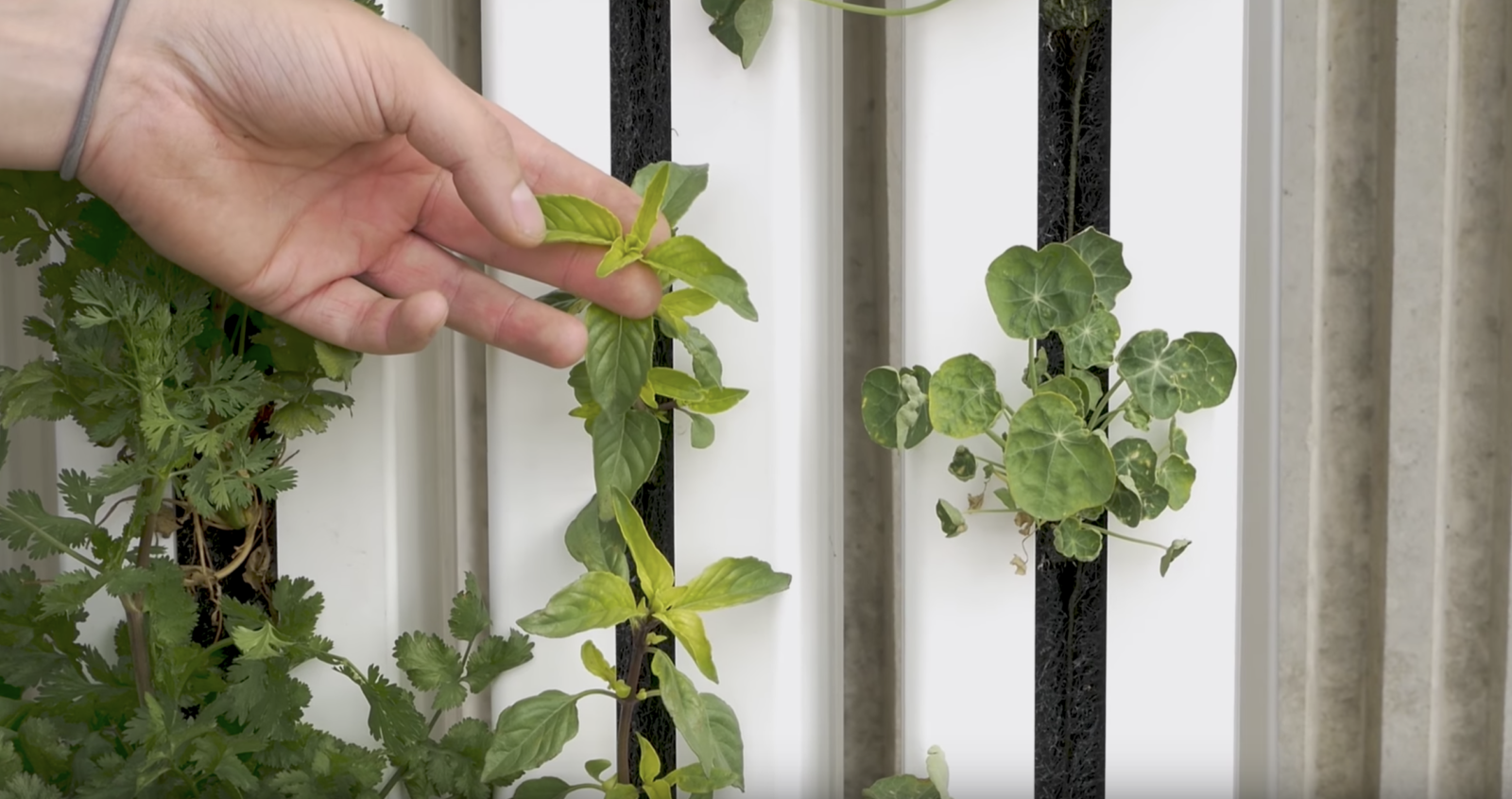
Nutrient deficiencies are the absence of the necessary mineral nutrients in a plant. These deficiencies manifest themselves as stunted plant growth, discoloration, and withering leaves. While plants suffering from nutrient deficiencies are in danger, the process can be reversed by supplementing the plants with missing elements.
Identifying nutrient deficiencies
Identifying nutrient deficiencies is difficult. Farmers need to be aware of the major plant nutrients to spot symptoms unique to each nutrient. We’ll get into specific nutrient deficiency symptoms later in this post, but generally speaking, there are a few major symptoms for which to watch:
- Stunted plant growth
- “Burned” leaves or leaf tips
- Chlorosis (loss of green coloration)
- Necrosis
Treating nutrient deficiencies
Nutrient deficiencies are likely indicative of a larger problem in your farm. Certain deficiencies can actually create additional deficiencies in other nutrients by blocking the consumption of the nutrients by plants. The list of solutions to nutrient deficiencies is quite short:
Short term
- Using specific formulations (e.g. magnesium sulphate or chelated iron) to augment those specific deficiencies.
Long term
- Switching nutrient solutions
Your local extension agents should have a more specific idea of how to fix any nutrient deficiencies in your plants, especially if you bring them in samples of your crop and nutrient solution.
Know your nutrients
Plant nutrients are either mobile or immobile:
- Mobile nutrient deficiencies occur first in older growth, then moves to new growth. This means the deficiency will first show symptoms in the parts of the plant that have already grown, like the first true leaves or the stem of the plant.
- Immobile nutrient deficiencies occur in the younger growth. This means the deficiency will first show symptoms in the parts of the plant are newly growing.
A great method to help identify nutrient deficiencies is to understand which nutrients are mobile or immobile. The location of the deficiency can help you identify the nutrient deficiency responsible for your sick plant.
Nitrogen is the most important nutrient for healthy plants. Farmers should become experts at spotting nitrogen deficiencies. As a mobile nutrient, nitrogen deficiencies start in old growth and move to new growth. A typical symptom is total chlorosis (yellowing) starting from the beginning of the old leaves moving up the plant toward new growth and stunted growth.

Phosphorus is another common mobile nutrient deficiency. The symptoms are much more subtle and slow than nitrogen. The most common early symptoms are stunted growth and lack of health. Advanced phosphorus deficiency leads to the leaves of the plant turning darker, or gaining shades of red/purple. Note: some plants are supposed to have darker or purple shades – know your varietal!
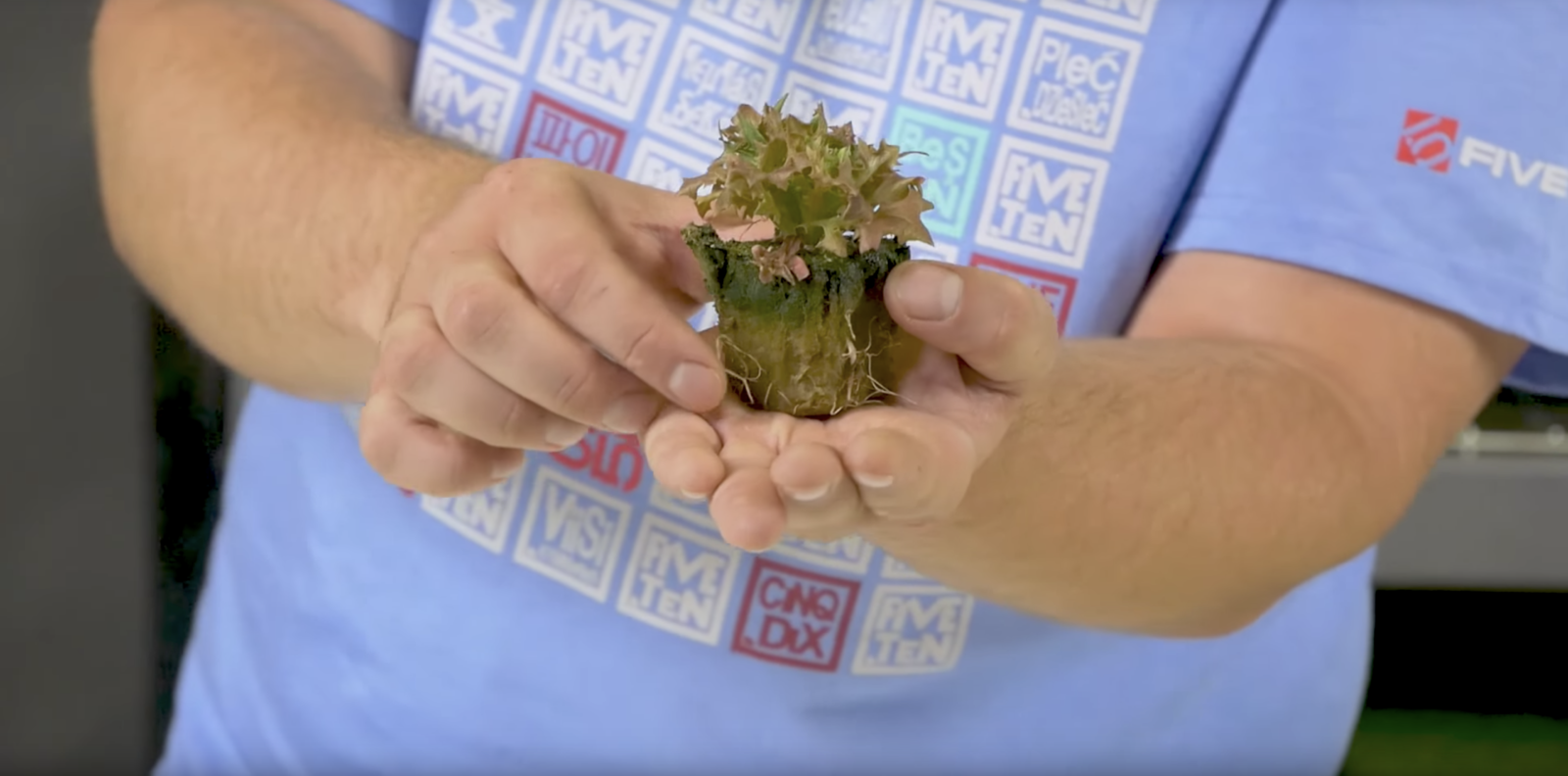
Potassium is the last of the big three deficiencies. Like phosphorus, signs of potassium deficiency are easy to miss: stunted growth and lack of health. As the deficiency progresses, chlorosis will start pulling color from the edges of the leaf, but not the center. Like nitrogen, potassium is a mobile nutrient.
Magnesium is a common mobile deficiency in hydroponic systems. Magnesium deficiency can easily be mistaken for nitrogen deficiency due to similar symptoms. The most recognizable feature of magnesium deficiency is that the chlorosis acts in a different way than that of nitrogen deficiency – where the chlorosis caused by lack of nitrogen creates total-leaf chlorosis, magnesium deficiency creates inter-veinal chlorosis. Inter-veinal chlorosis is when the veins of the plant leaves’ retain their color, but the leaf tissue loses its color.
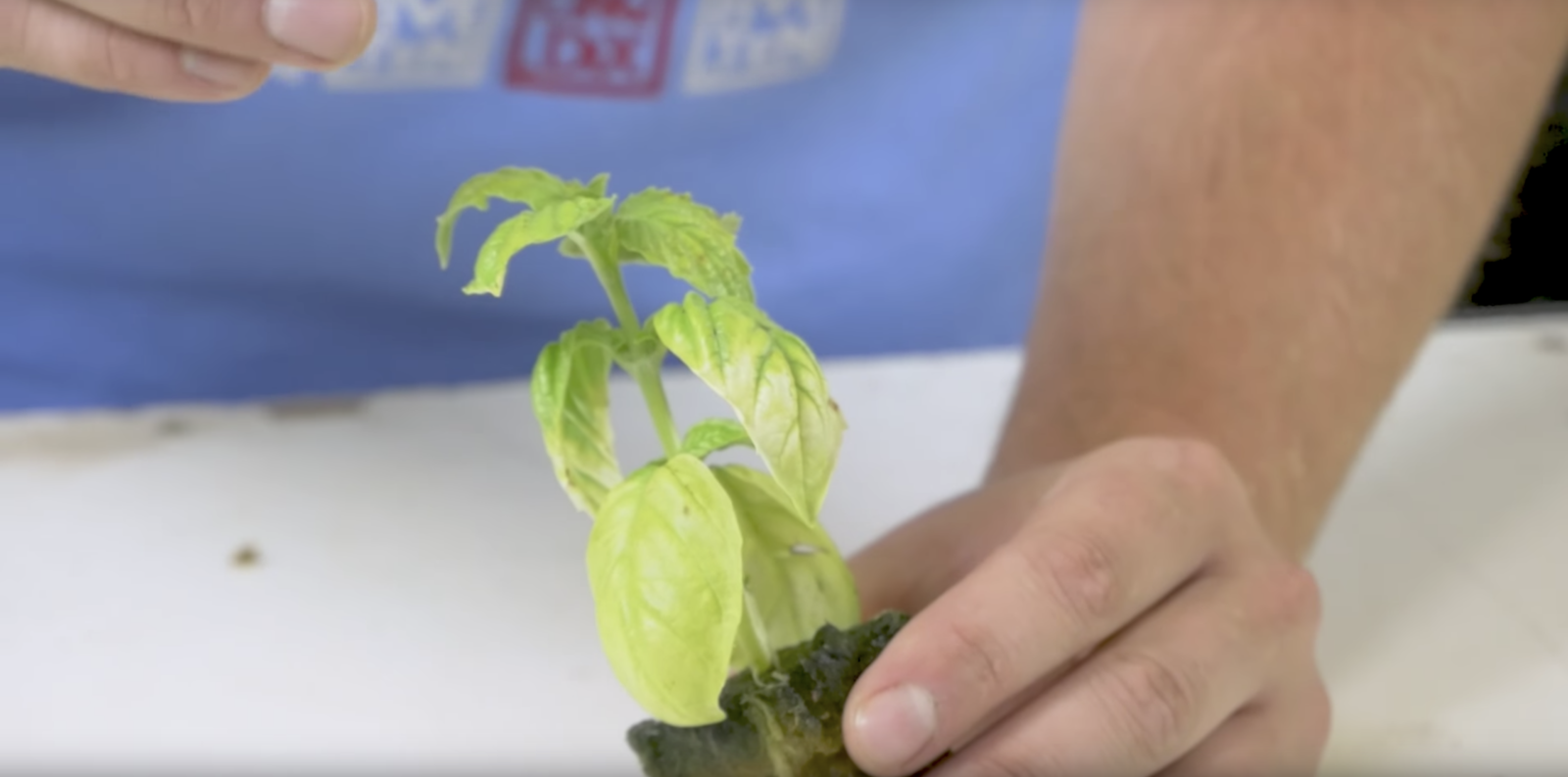
Iron is an immobile nutrient. Iron can present unique problems, as certain plants are iron hungry or naturally iron deficient. Like magnesium, iron deficiency creates inter-veinal chlorosis that keeps color in the leaf-veins while stealing color out of the leaf proper. Basil and Russian Red kale are particularly susceptible to iron deficiency. Iron can also be forced to precipitate in solutions exposed to UV lights, which will cause the iron to sink out of the solution and fail to reach the plants.
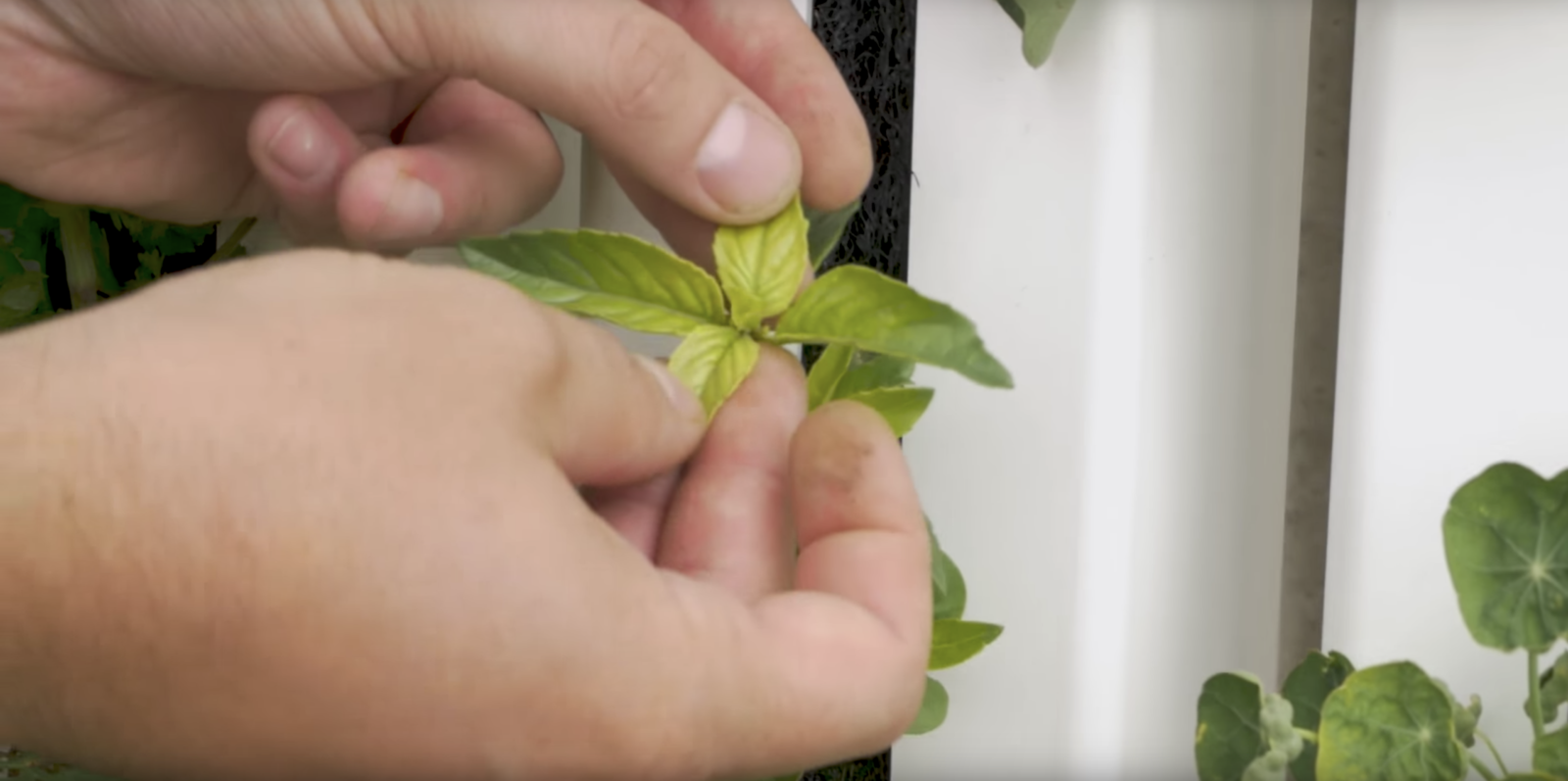
Calcium deficiency is an incredibly common problem in hydroponics. Calcium is an immobile nutrient that commonly shows necrosis (crispy leaf tissue) on the tips of new-growth leaves. Unfortunately, tip-burn is an unrelated but common problem that occurs due to nutrient fluid overload/overfeeding and can easily disguise or be mistaken for calcium nutrient deficiency. The difference is where tip-burn is consistent around the edges of a leaf, calcium deficiency is splotchy and inconsistent. Because calcium is so immobile plants rely upon air circulation and flow to properly move calcium around the plant.
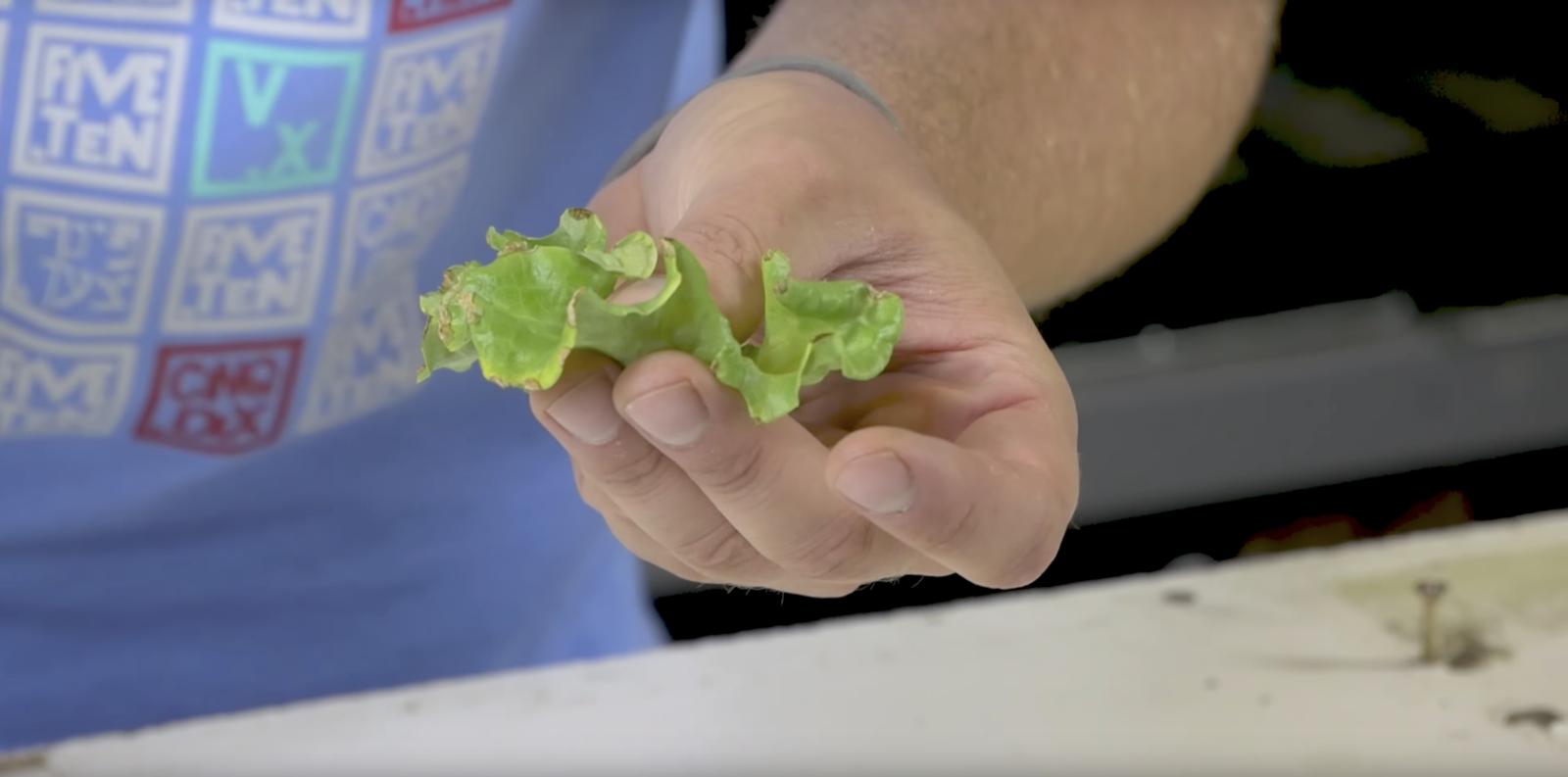
Nutrient Deficiency Key
The best way to reference deficiency symptoms is a nutrient deficiency key. Upstart University has created a key which is available here. This key is designed specifically for indoor farmers, and is perfect for all of your nutrient deficiency spotting needs.
If you’d like to learn more about hydroponic nutrients, visit our course on hydroponics! Or, if you’re an aquaponic grower, and want to learn more about how nutrients work in your system, visit our Foundations of Aquaponics course!

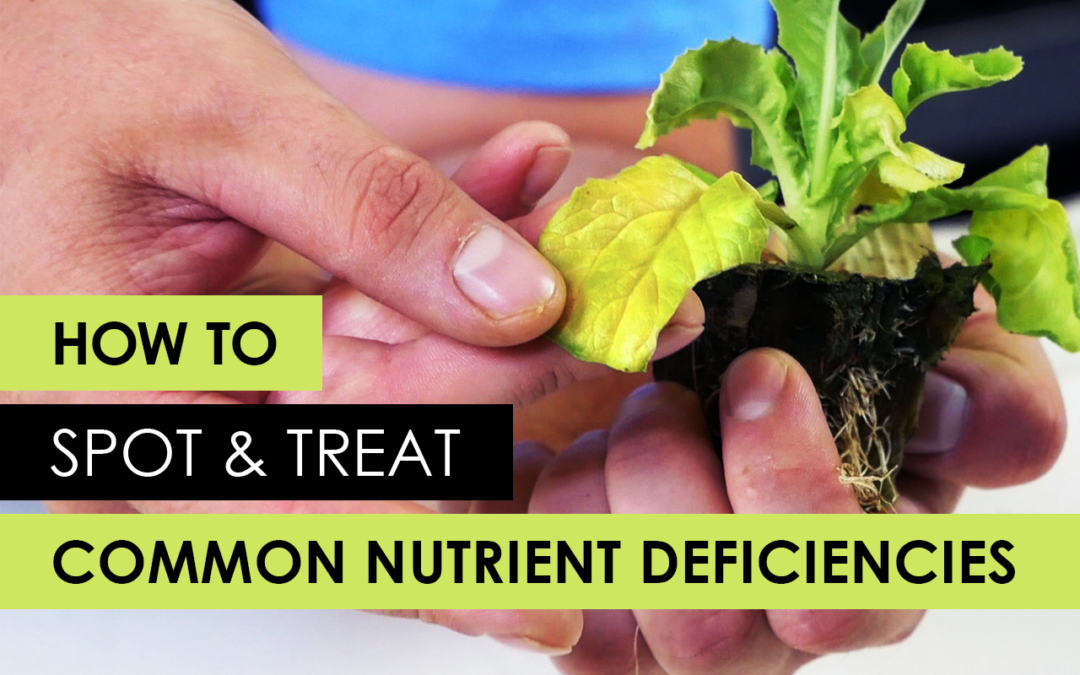

I am just attempting to grow vegetables with hydroponics and would appreciate information especially for beginners and it can’t get to basic. I am fixing to build a green house. I am retired and in know hurry
I am trying hydroponics for last couples of years and having the nutrition deficiency problem. Though I am involved heartedly my results is not satisfactory even after lit of try and error. These information might be helpful for me and I will be back to inform you about my findings. Thanks a lot!
These information is quite edifying for me. Presently I restarted an Aquaponics system and is seeing the deficiencies in the plants.
I need to purchase some chemicals and test equipment to maintain a good quality water for both fishes and plants.
Thanks again
My 100 gallon fish tank has only a dozen medium gold fish. How can I supplement the Nitrogen without adding fish or killing the fish? I have identified on my kale what I believe is a N deficiency.